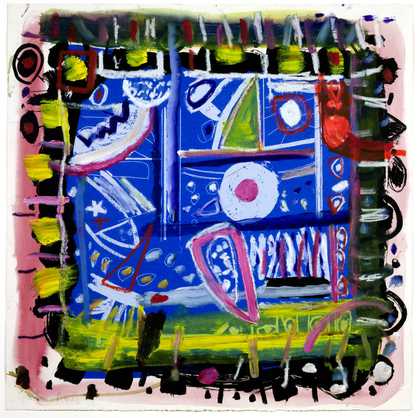A dynamic display of artworks chosen with primary school children to be enjoyed by everyone
Ideas Depot is a regularly changing display that has been co-curated with primary schools across the city. Discover major works from the Tate collection by artists including Natalia Goncharova, Salvador Dalí and Chris Ofili. Central to this display is a belief that art plays a meaningful part in people’s day-to-day lives and intellectual curiosity. It encourages visitors to make their own connections between the works on display based on their own experiences and ideas.
The display has developed alongside a joint research project with Edge Hill University's Faculty of Education, focused on developing a 'schools in residence' programme.
Through art we can always learn something new about history, the world and our place in it. Our primary schools in residence are exploring our collection in relation to their whole curriculum and we are all learning new things together. Works will be swapped in and out as new schools pick and choose different ones from the art stores.

